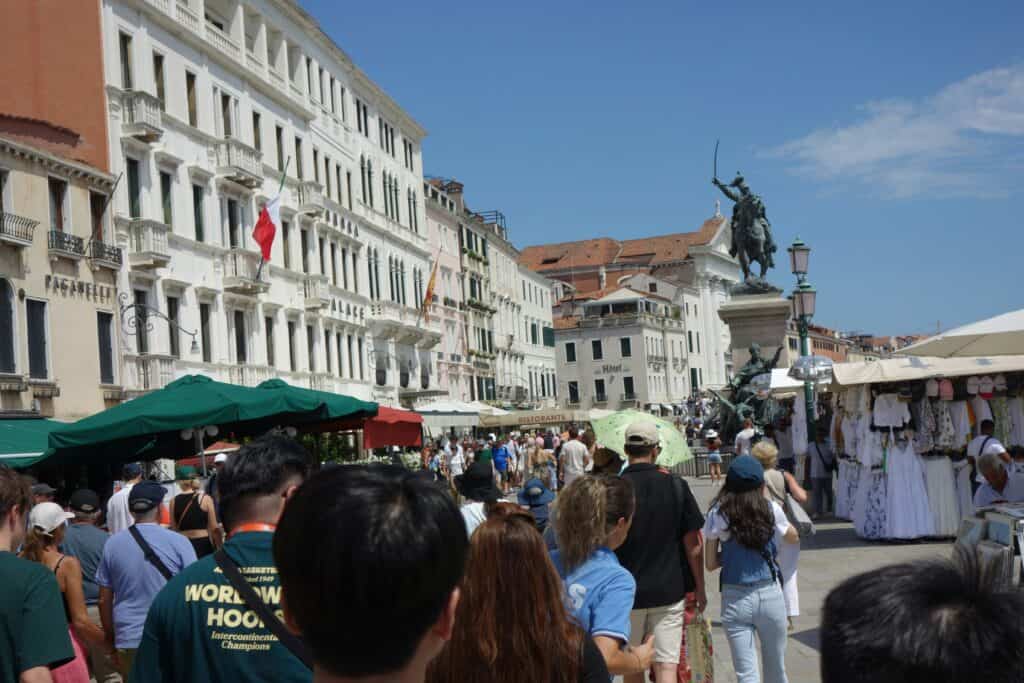We may earn money or products from the companies mentioned in this post. This means if you click on the link and purchase the item, I will receive a small commission at no extra cost to you ... you're just helping re-supply our family's travel fund.

Safety planning improves when numbers replace rumors. Crime data can be noisy, political, or outdated, yet it still offers patterns a traveler can use. The trick is knowing what each metric actually measures and how it relates to time, place, and population. Read rates instead of raw counts, compare neighborhoods rather than whole cities, and look at trends across seasons and hours. What this really builds is calm, flexible planning that fits local rhythm instead of headline panic.
Separate Violent Crime From Property Crime

Violent crime covers offenses against people. Property crime targets things. A district with frequent car break-ins can feel very different from one with rare but serious assaults. Read both rates side by side, then scan the mix: burglary, theft from auto, robbery, aggravated assault. A spike in one category should not condemn the entire map. Trip planning shifts with the mix. Parking strategy matters where theft from auto dominates, while time-of-day choices matter more where robberies cluster.
Look For Trends, Not One Loud Month

Short spikes happen after big events, policy shifts, or a single prolific offender. A three to five year trend tells the truth about direction. Plot the line, then check whether a recent year looks like a return to normal or a break from it. If rates are falling across several categories, a noisy month should not drive the plan. A steady climb across seasons deserves attention. Trendlines keep itineraries grounded while avoiding the whiplash of one bad week.
Compare Neighborhoods, Not Entire Cities

Citywide averages blur the places travelers actually use. Break the map into precincts, census tracts, or council districts, then compare travel corridors, museum clusters, and transit hubs. A city can read average while one nightlife strip skews the chart. The reverse also happens. A great museum district can sit inside a broader area with weak numbers. Match hotel, parking, and evening dining zones to micro areas that show lower rates at the times you plan to be there.
Check Time Of Day And Day Of Week

Crime is rhythmic. Theft from auto spikes at night near bars, shoplifting peaks during weekend retail hours, and some assaults rise late when alcohol flows. Seasonal shifts matter too. Long summer evenings concentrate foot traffic and opportunities, while winter pushes activity earlier. Align plans to the rhythm. Early dinners, brighter corridors, and transit legs that avoid the last train reduce exposure without adding drama. The goal is not fear. It is timing that works with the local clock.
Mind The Denominator Problem

Rates per resident can mislead in places where daytime population doubles with commuters or tourists. A small beach town with 30,000 residents and 120,000 summer visitors will show oddly high rates if visitor volume is ignored. Cross check with footfall data, hotel occupancy, or event calendars when available. If counts cluster around stadium nights or cruise days, adjust routes and parking rather than condemning the city. Denominators should match who is actually present during your hours.
Understand Reporting And Underreporting

Not every incident becomes a report. Minor thefts go unfiled, domestic violence can be hidden, and classification practices vary by department. A sudden drop can reflect a backlog or a rule change rather than safer streets. Read footnotes on methodology, note transitions to new reporting systems, and treat big discontinuities with caution. When categories shift, compare overlapping periods, not just annual totals. The lesson is humility. Data informs planning, but eyewitness streets still get the final vote.
Read Clearance Rates With Care

Clearance rates show the share of cases solved or otherwise closed. High clearance can indicate focus and resources, but it may also reflect simpler offense types. Low clearance on car theft, for instance, is common everywhere. Use the metric as a proxy for overall follow through, not a guarantee of personal safety. Where clearance is strong and community reporting is high, visible policing and neighborhood engagement often follow. That environment tends to support predictable, calmer visitor routes.
Do Not Let Choropleth Maps Trick You

Shaded maps can exaggerate big, sparsely populated zones and minimize dense, tiny ones. A dark polygon may cover rail yards, water, or industrial areas with little visitor impact, while a small square downtown can hide meaningful clusters. Prefer point maps with time filters or hex bins that even out area bias. Always zoom until streets and landmarks appear. If the dangerous shade shrinks to a few blocks after zooming, your itinerary can route around it without drama.
Cross Check Multiple Sources

No single feed tells the whole story. Compare city open data portals, police dashboards, FBI summaries, and community mapping projects. Scan recent local news for context about policy changes, major events, or a specific nuisance trend like catalytic converter thefts. If sources disagree, look at definitions and time frames. Consistency across two or three independent sources gives confidence. Divergence flags a need to zoom in further, ask locals, or adjust only the piece of the plan that overlaps.